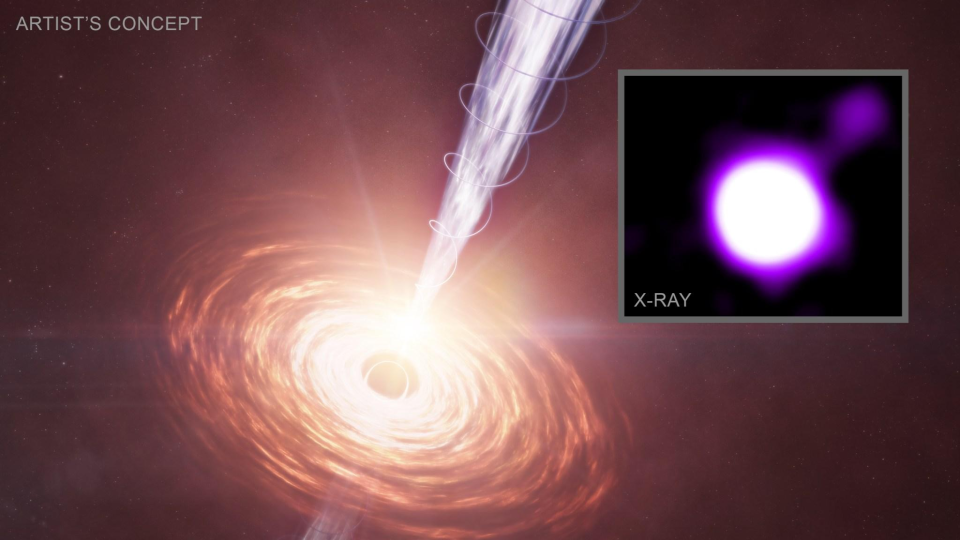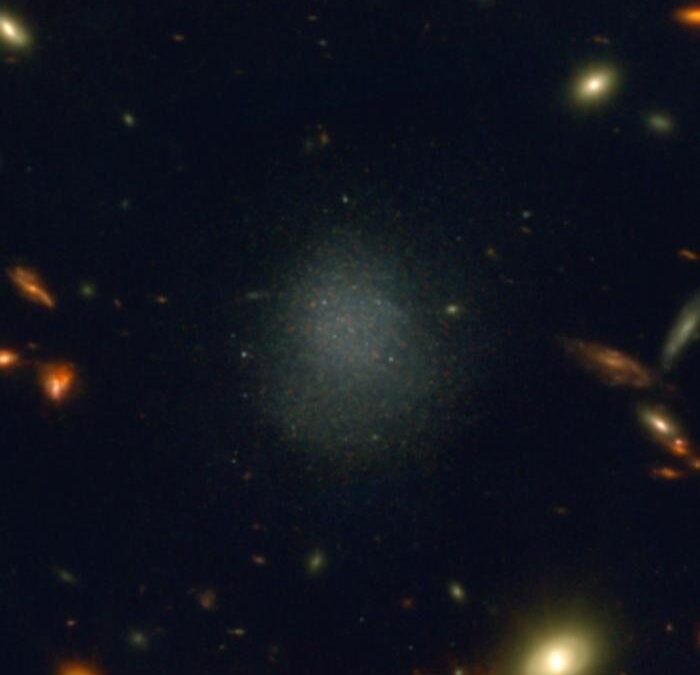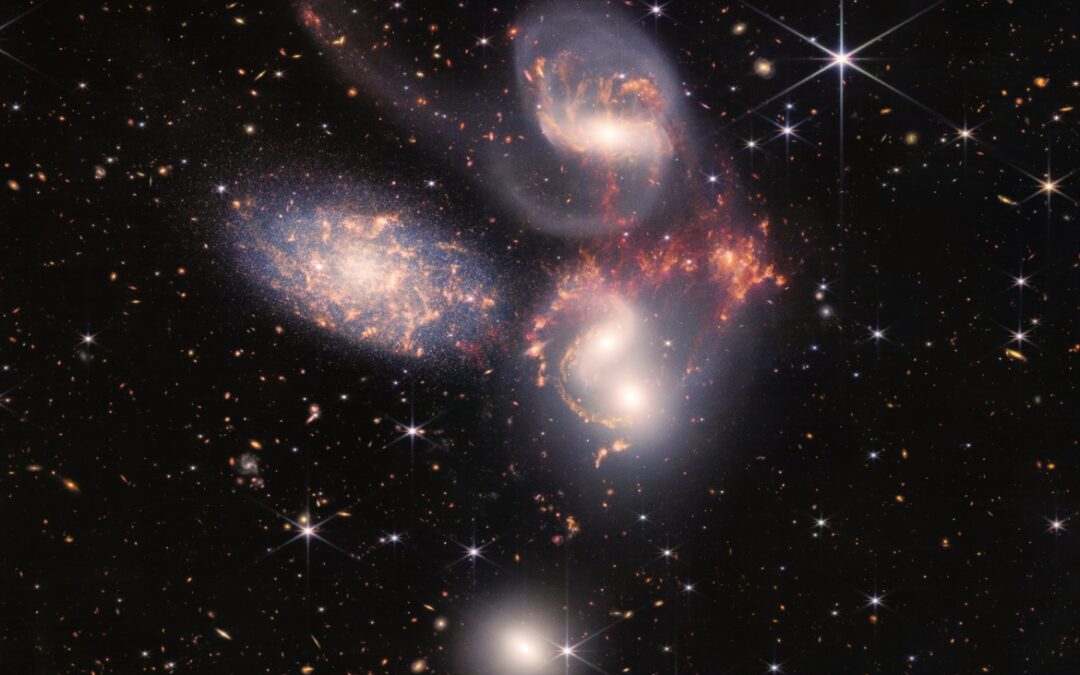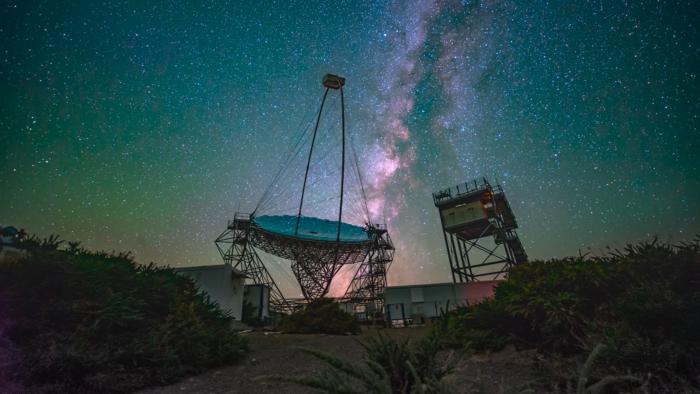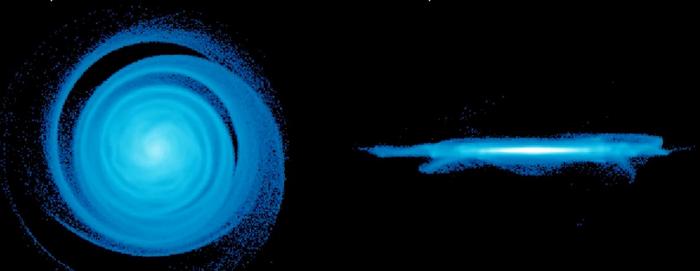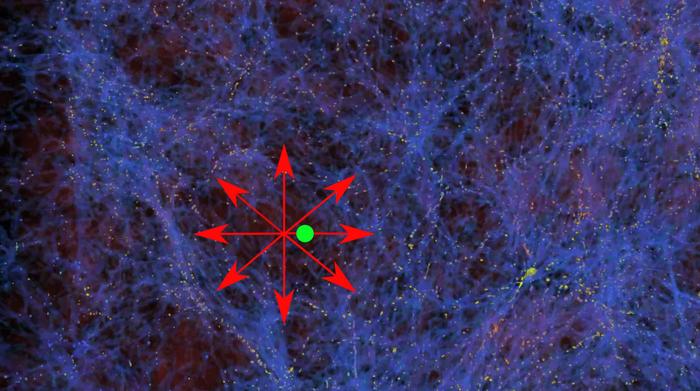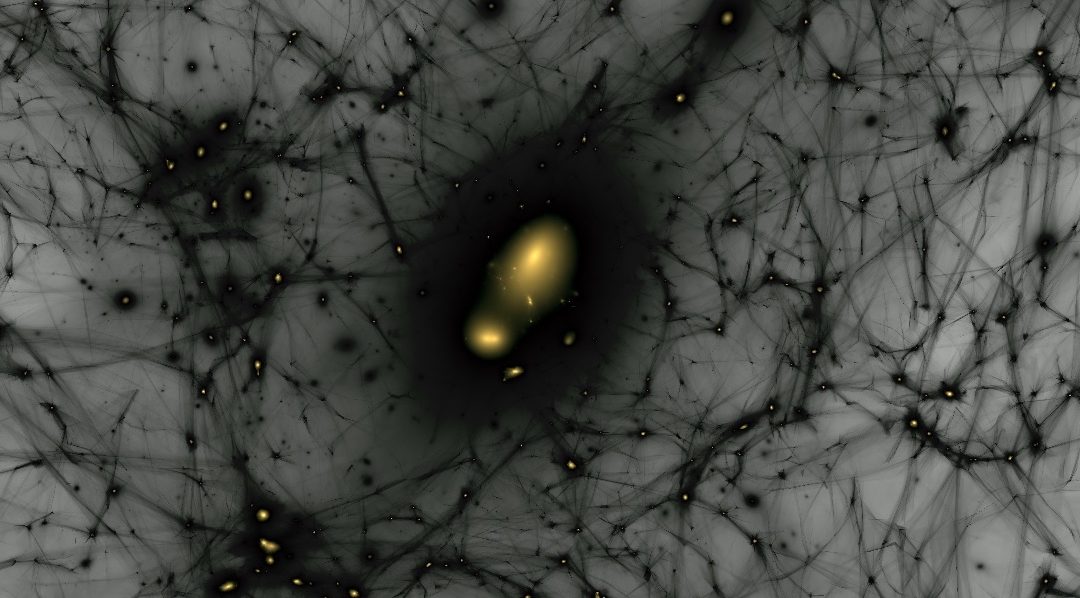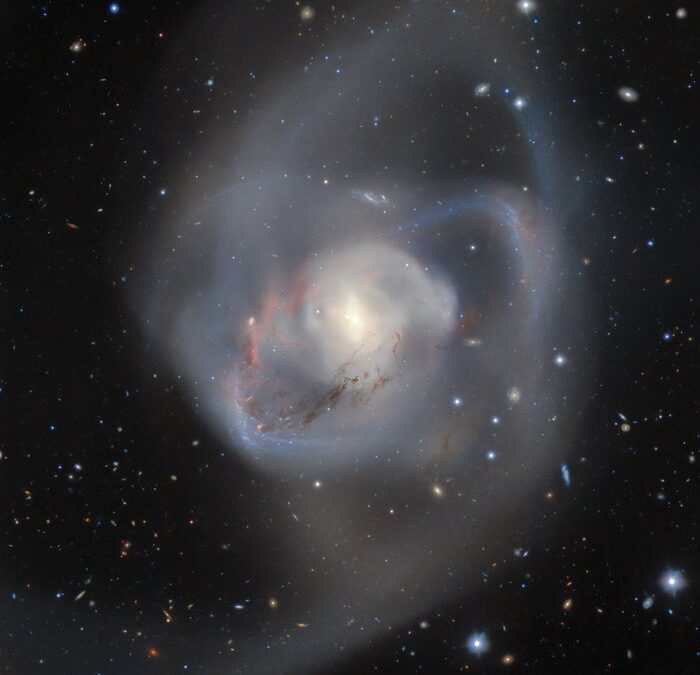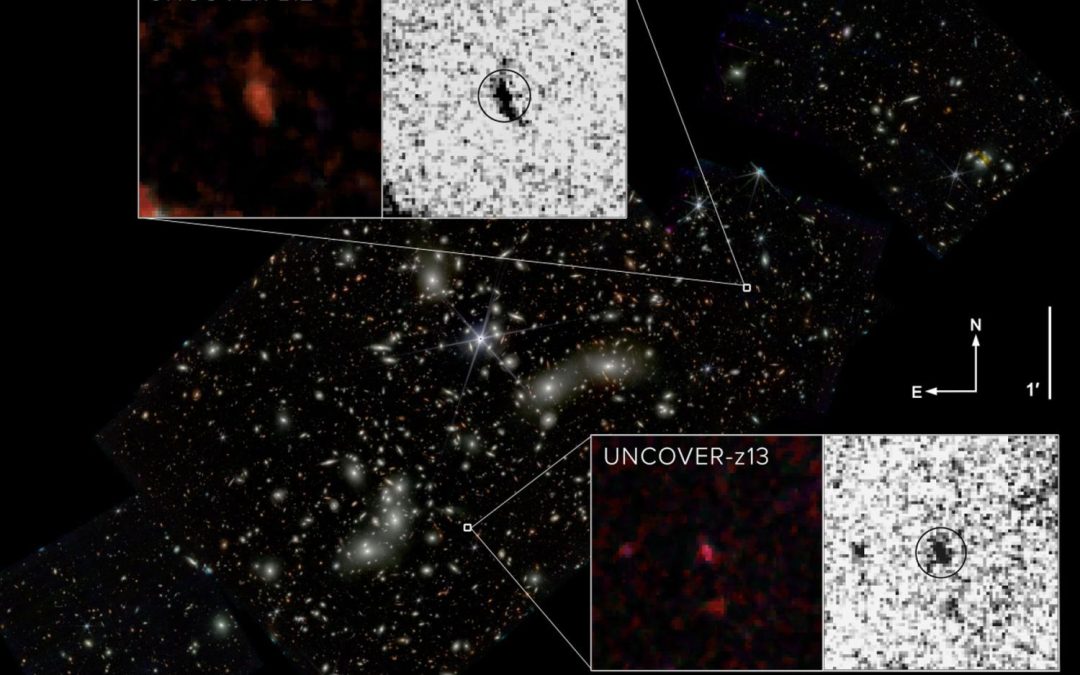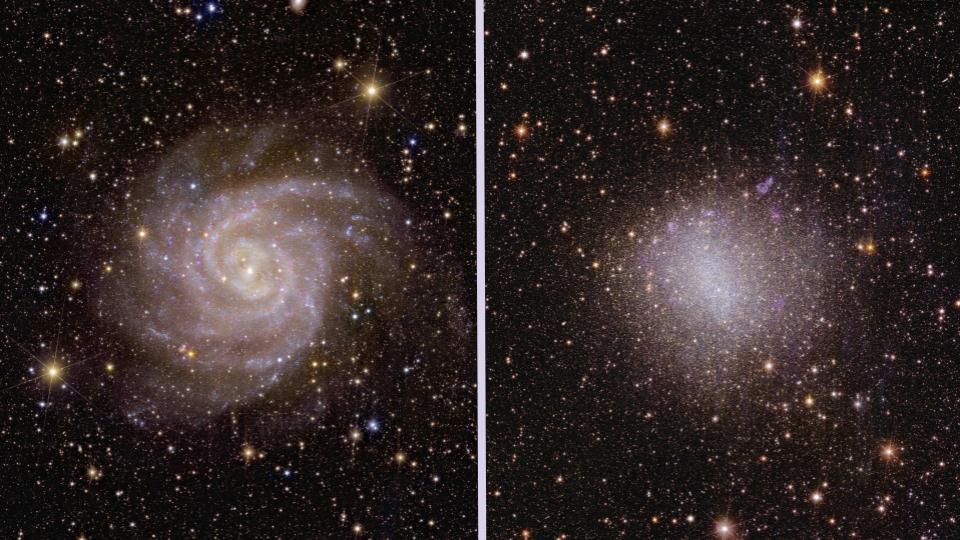An artist's illustration of an active galaxy with jets with an inlaid image of an actual galaxy with jets as seen by Chandra. Credit: X-ray: NASA/CXC/CfA/J. Maithil et al.; Illustration: NASA/CXC/SAO/M. Weiss; Image Processing: NASA/CXC/SAO/N. Wolk Most large galaxies have massive black holes in their core, and woe to the star, dust cloud, or other object that gets too close to their gravity wells. These giant monsters are capable of shredding stars and transforming any material into a luminous accretion disk rich in charged particles that can drive magnetic fields that stream high-energy...
